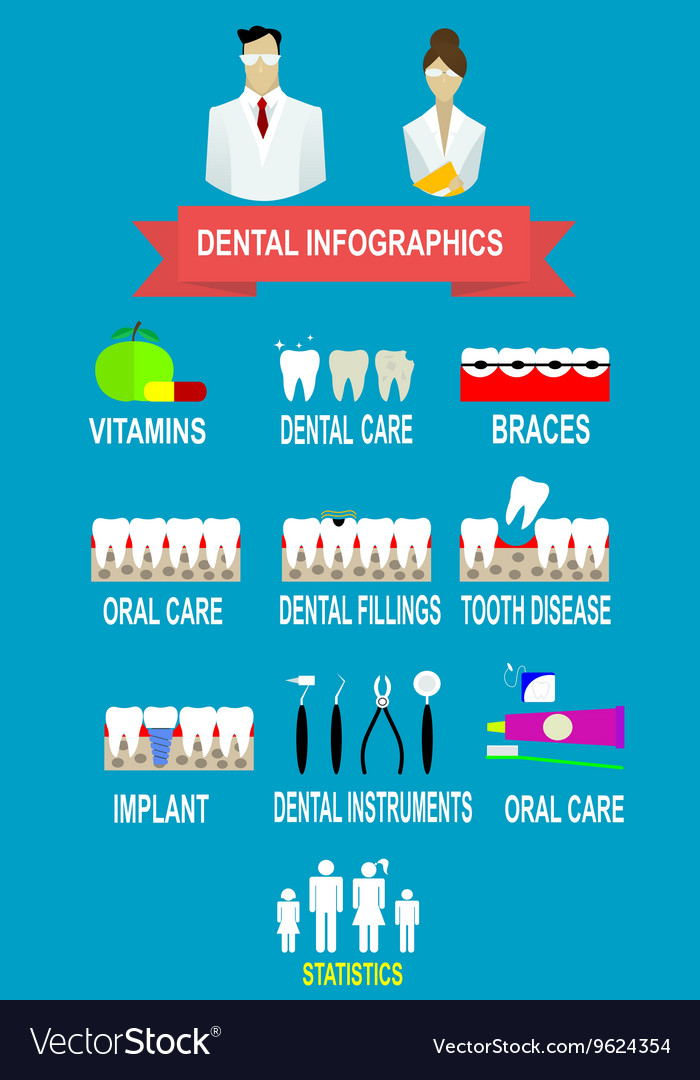Discover The Groundbreaking Technologies Changing Oral Surgery. Check Out The Future Of The Area And Stay Ahead Of The Game. Click Currently For A Glimpse Right Into Tomorrow!
Discover The Groundbreaking Technologies Changing Oral Surgery. Check Out The Future Of The Area And Stay Ahead Of The Game. Click Currently For A Glimpse Right Into Tomorrow!
Blog Article
Material Writer-Reeves Jefferson
Invite to the globe of dental surgery, where advancements and advances are forming the future of the field! In this amazing world, you'll witness the transformative power of robotics, the innovative wonder of 3D printing, and the game-changing impact of minimally intrusive strategies.
The future of oral surgery holds a guarantee of precision, performance, and improved person end results. With the help of sophisticated robotics, cosmetic surgeons are able to do intricate treatments with greater precision and control.
3D printing technology is reinventing the creation of oral implants and prosthetics, providing personalized solutions that fit flawlessly into each individual's unique makeup.
In dental organization , minimally intrusive techniques are lowering post-operative discomfort and recovery time, permitting clients to go back to their every day lives faster.
Get ready to explore the exciting developments and developments that are improving the landscape of dental surgery!
Advancements in Robotics
One major advancement in oral surgery is the use of robotic technology, which allows for specific and efficient procedures. With the help of robot systems, oral surgeons have the capacity to execute complicated surgical procedures with boosted precision, reducing the threat of human mistake.
These robotic systems are geared up with innovative imaging innovation and precise instruments that allow cosmetic surgeons to browse via elaborate anatomical frameworks effortlessly. By using robotic modern technology, cosmetic surgeons can attain higher surgical accuracy, leading to boosted individual results and faster recuperation times.
Furthermore, using robotics in oral surgery enables minimally intrusive procedures, decreasing the injury to bordering cells and advertising faster recovery.
3D Printing in Oral Surgery
To improve the area of oral surgery, you can check out the subtopic of 3D printing in oral surgery. mouse click the up coming website has the potential to revolutionize the method oral cosmetic surgeons run and treat individuals. Right here are 4 essential ways in which 3D printing is shaping the area:
- ** Customized Surgical Guides **: 3D printing permits the creation of highly accurate and patient-specific medical overviews, enhancing the precision and effectiveness of procedures.
- ** Implant Prosthetics **: With 3D printing, oral doctors can create personalized dental implant prosthetics that completely fit a person's distinct anatomy, resulting in far better results and person complete satisfaction.
- ** Bone Grafting **: 3D printing makes it possible for the manufacturing of patient-specific bone grafts, reducing the requirement for conventional implanting strategies and improving healing and recovery time.
- ** Education and learning and Training **: 3D printing can be used to develop realistic medical designs for academic functions, enabling dental doctors to practice complex treatments prior to performing them on people.
With https://tituswrkfy.csublogs.com/39792744/a-thorough-strategy-to-selecting-the-right-orthodontic-professional to boost precision, personalization, and training, 3D printing is an amazing advancement in the field of dental surgery.
Minimally Intrusive Techniques
To better advance the field of oral surgery, welcome the capacity of minimally invasive techniques that can significantly profit both cosmetic surgeons and patients alike.
Minimally invasive methods are revolutionizing the area by reducing medical trauma, lessening post-operative discomfort, and accelerating the recuperation process. These techniques entail using smaller incisions and specialized instruments to perform treatments with precision and efficiency.
By using advanced imaging technology, such as cone beam calculated tomography (CBCT), cosmetic surgeons can properly plan and implement surgeries with minimal invasiveness.
In addition, the use of lasers in oral surgery permits specific tissue cutting and coagulation, causing reduced bleeding and minimized healing time.
With minimally invasive methods, clients can experience quicker healing, lowered scarring, and improved outcomes, making it a necessary facet of the future of dental surgery.
Conclusion
So, as you can see, the future of oral surgery is extremely encouraging, with exciting advancements and breakthroughs forming the field.
From the developments in robotics to using 3D printing and minimally intrusive methods, oral cosmetic surgeons are revolutionizing the way they give treatment.
While some may bother with the potential price related to these advancements, it is very important to keep in mind that these modern technologies eventually enhance individual results and minimize healing time, making them well worth the investment in the long run.
